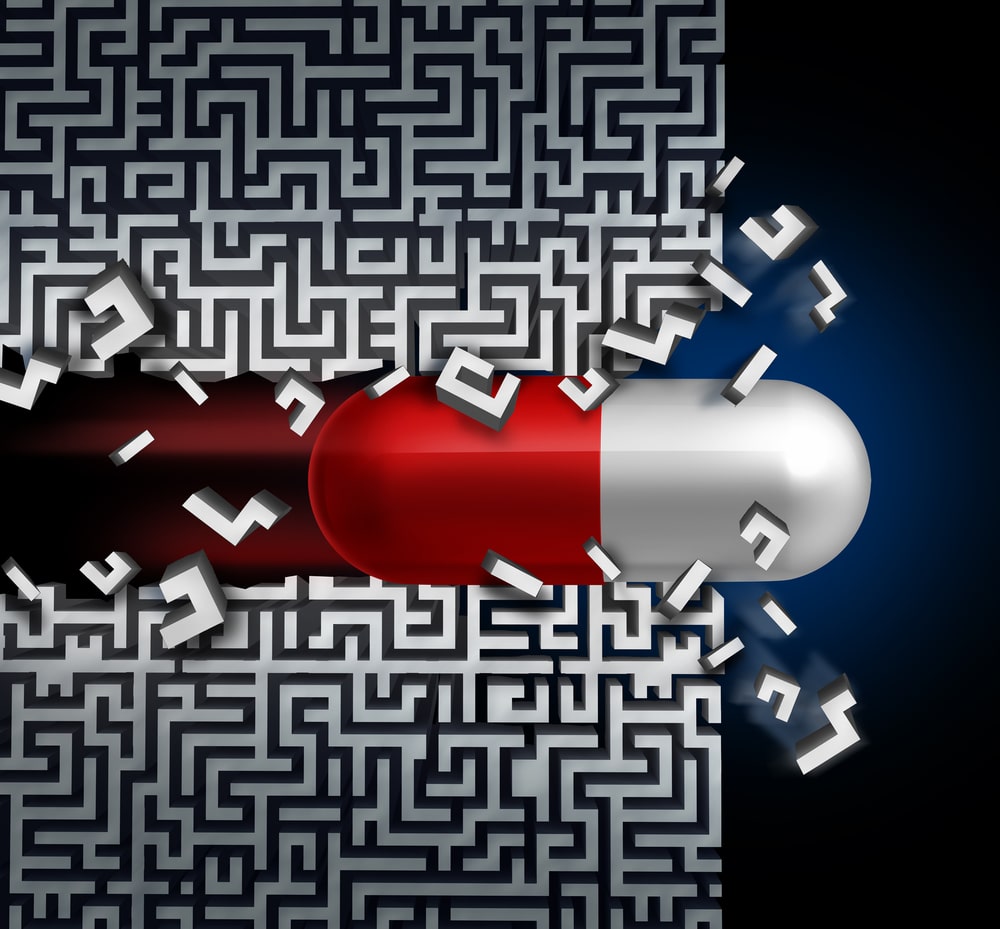
Importantly, we don’t specify by whom or how this will happen because new technology cores and business models must prove effective first. We simply say that eventually, if the markets and technology align, that the process of disruptive innovation would have an effect on the system. While complex structural changes would be necessary to cultivate disruption in healthcare, the payoffs are well worth it. Consider the following:
- The overall cost of the system would be lowered.
In almost every known case, disruptive companies have a business model and cost structure such that they are able to deliver a new product or service at a lower price point than incumbent firms could ever hope to. The resources that make today’s companies profitable are largely resident in highly trained specialists and expensive machines. Disruptive businesses tend to generate value via repeatable processes (think 1920’s Ford production line), which results in a much lower cost structure. They also target different customers. These customers are often seen as less attractive to incumbent firms because they are either 1) over-served and don’t need the expensive bells and whistles of the current system or, 2) nonconsumers who simply cannot pay the high prices. Once gaining a foothold in this less attractive market, the disruptive firms move upmarket and reduce the prices for the incumbents’ customers too, thereby reducing the overall cost of the system. For buyers who spend nearly $4 trillion on U.S. healthcare, the disruptive wave would lower total costs.
- Market leaders would change.
During the first quarter of 2015, healthcare spending grew at a 5.5% rate, well above the rest of the economy. Economists call this hyperinflation. Why this unsustainable pricing growth? Because incumbent companies are usually restricted to more traditional paths to innovation that make their existing products or services continually better. This translates into important improvements like less-intrusive surgeries using the latest orthoscopic technology, 3D renderings of MRI scans, more effective cancer drugs, and improved ER response times. These are called sustaining innovations and do a lot to improve care, but it tends to raise prices. Within this “make good things better” approach, incumbents are unable to deliver on new value propositions. They struggle to invest in business models that conflict with their existing resources, processes and priorities. Examples might include wearables, consumer genetics, and even CrossFit. Even if they want to do so, incumbents are burdened by the high cost of switching to a new market. Yet it is precisely by targeting such new or low margin opportunities that entrants began to disrupt an industry. Without the ability to address new markets, incumbent companies are highly vulnerable to disruption, and would eventually yield their positions as market leaders to new, lower-cost entrants who target the same problems in a different, lower cost way.
- Patient “jobs to be done” would be met.
Successful products are hired to solve a problem or “job to be done” that matters to the customer. The job of an innovator is to understand the “job to be done” in context of everyday life and give the patient tools to resolve it. Unfortunately, incumbents in healthcare match these priorities only poorly. Today’s patient-consumers value medical efficacy—but they also value low prices, transparency, and convenience. They also display complex behavioral and social values that often have little to do with the hospital or physician business model. Additionally, the high cost of these services is a de facto restriction on solving patient “jobs to be done” for most people. Were disruption to occur, it would target marginalized or nonconsuming customers. It would therefore not only reset prices (as previously described), but also deliver on a fundamentally new set of value propositions around patients “jobs to be done.” Disruptive service models tend to invest in scalable platforms that address a “job” for a larger customer base than incumbents could. The same forces apply to the many B2B sales in healthcare; when disruptive entrants reset the cost bar in the value chain (in pharmaceuticals, for instance) these savings are passed on to consumers.
Healthcare is unique. But it is not immune to disruption. Disruptive forces may already be in play, threatening the fringes of the healthcare business model, which is unsustainable and cumbersome. If the system is disrupted, we will see fundamental changes. These map closely to the problems that healthcare faces, including cost, access and a lack of new market innovation. Disruption can be the silver bullet that healthcare needs to get healthy again.


